Roger Ballen Takes Us Into ‘The Void’
By Ellyn Kail on September 17, 2023
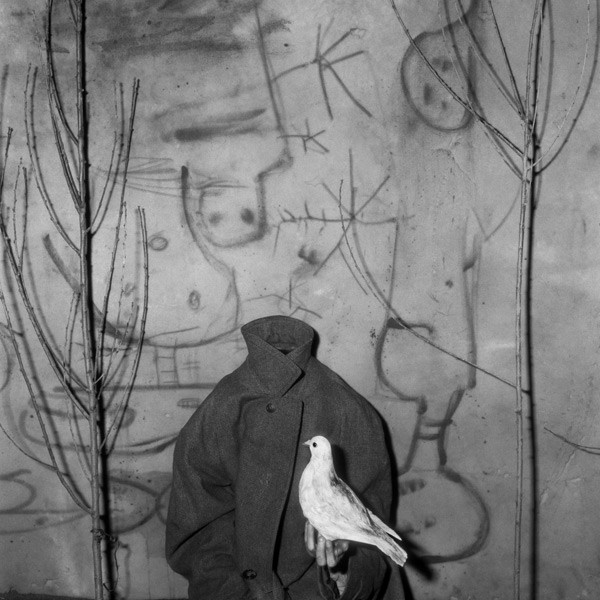
Headless, 2006
Roger Ballen first heard the ancient myth of Icarus, the boy who flew too close to the sun, when he was six years old. “He put together wax and feathers and started flying towards the sun,” the photographer reminds me. “But the sun was too hot, and unfortunately, the wax melted and he fell into the sea and drowned.”
It’s a story that left a mark on the artist’s subconscious, and its influence becomes apparent in his project Asylum of the Birds. “The myth of Icarus has always had an important influence on my understanding of birds,” Ballen tells me. “Birds can fly. Humans can’t. We’re always inherently jealous of birds because birds can get closer to the heavens.”
In his photographs, however, birds do not soar through the heavens. They’re right here with us. “They’re in a place of claustrophobia, darkness, strangeness of enigma with people, drawings, and other objects,” the artist says. “And this relationship between the place and these heavenly birds creates the metaphors behind the photographs.”
As part of Call of the Void, an exhibition at Museum Tinguely in Basel, Ballen presents photographs from two bodies of work, Asylum of the Birds and Roger’s Rats. The images include drawings, people, animals, and objects, arranged to create a single, cohesive whole.
Ballen’s work is exhibited next to Mengele—Dance of Death by Jean Tinguely, an installation of dread-inducing machine sculptures created using the remains of a tragic fire that destroyed a barn. While Tinguely plunges us into a world inhabited by demons, Ballen explores the realm of ghosts, birds, rats, and people.
Ballen’s exhibition, Call of the Void, is unusual in that it features several main components: the photographs themselves, a wooden shack that you can physically enter (more on that below), and two videos. A catalog for the exhibition is also available via Kehrer Verlag.
While looking through the catalog, I cast my mind back to the story of Icarus and his waxen wings. Trying to grasp the true meaning of Roger Ballen’s photographs is a bit like attempting to fly—and getting perilously close to the sun. The harder I try, and the closer I get, the less I understand. The answers always manage to slip just out of reach, and I come crashing down.
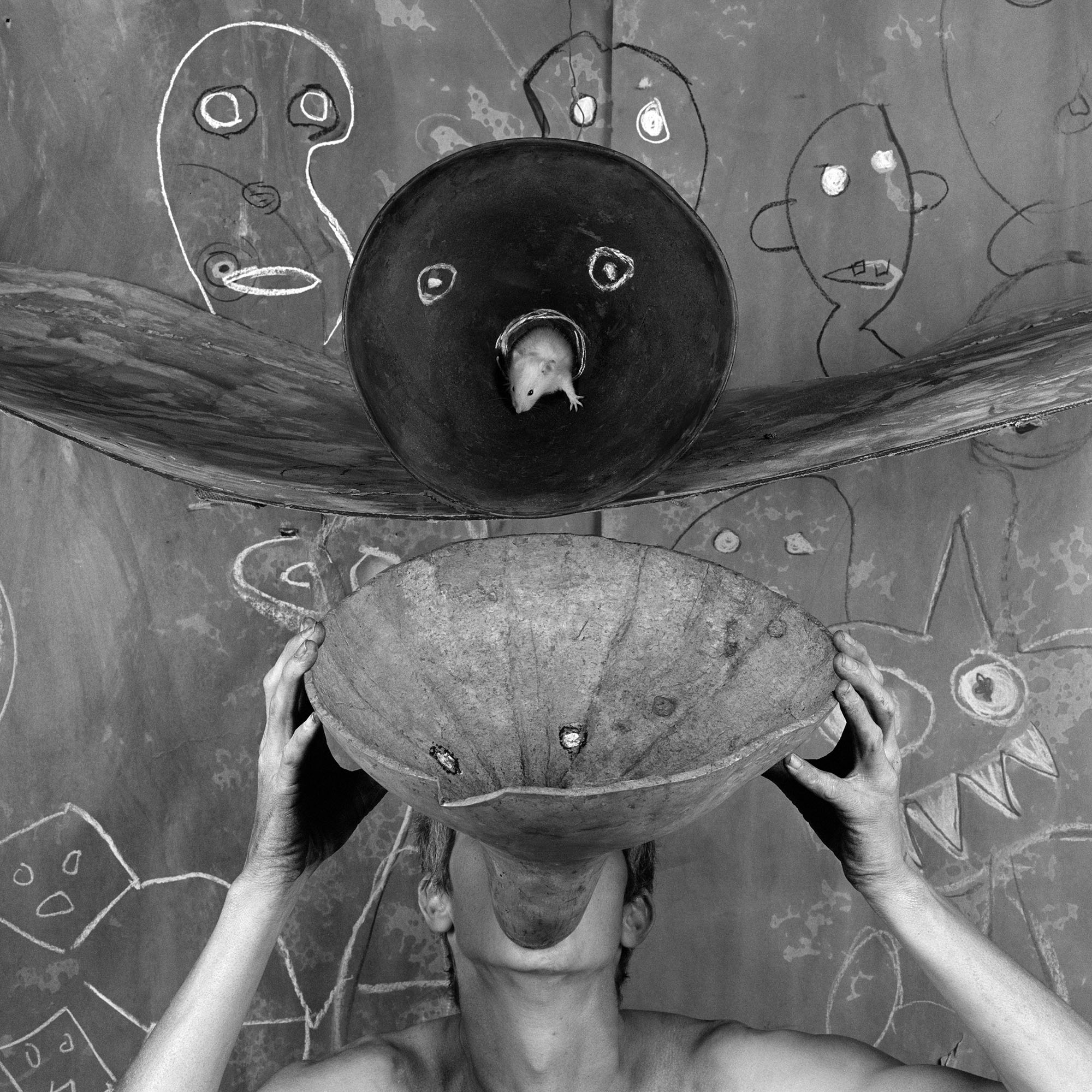
Mouth to Mouth, 2013
What is the biggest misunderstanding people have about your work, and what is the truth behind that misconception?
“Well, I think the biggest misunderstanding a lot of people have about my work is that they see it only as dark. In fact, I don’t see it as dark. In nature, there’s no such thing as dark or light. Ultimately, the dark they see is a result of their own repression, their own inability to be able to reconcile their own fears.
“Most importantly, I find my pictures humorous. I don’t get depressed or anxious when I take the pictures or look at the pictures. I find most of them absurd. Absurdity is an essential element of my aesthetic, the so-called Balleneque. I think if people look at the pictures carefully and negate their own fears, they will find that the pictures are absurd and perhaps even humorous. They might even giggle or laugh.”

Installation view of the exhibition ‘Roger Ballen: Call of the Void’ at Museum Tinguely, Basel, 2023
© courtesy Roger Ballen 2023 Museum Tinguely, Basel
Photos: Marguerite Rossouw
Can you tell us about Jean Tinguely’s Mengele – Dance of Death? When did you first see the installation, and how has it informed your own work?
“I saw Jean Tinguely’s Dance of Death a number of decades ago, and I was immediately struck by its power, its enigma, its use of sound, movement, and space to create a deeper meaning. This piece, like some of the other pieces, made it clear to me that Museum Tinguely would be an appropriate place to show my work.
“Like the Tinguely Room, my work elicits a very strong subconscious feeling, perhaps of disorder, perhaps of the fact that forces are around that you don’t understand or that you’re scared of. That life itself is not what society tells you it’s meant to be. His room, like my shack, immediately confronts you with the brutal reality of who you are and what’s out there, in some way or another.
“Unfortunately, for mass culture and for humanity in general, we watch films and programs that sugarcoat reality or exaggerate the negative or so-called negative aspects of human behavior. We don’t watch or concern ourselves or have an interest in things that delve deeper into our own selves, which on most occasions, is too scary for us to come to terms with.”
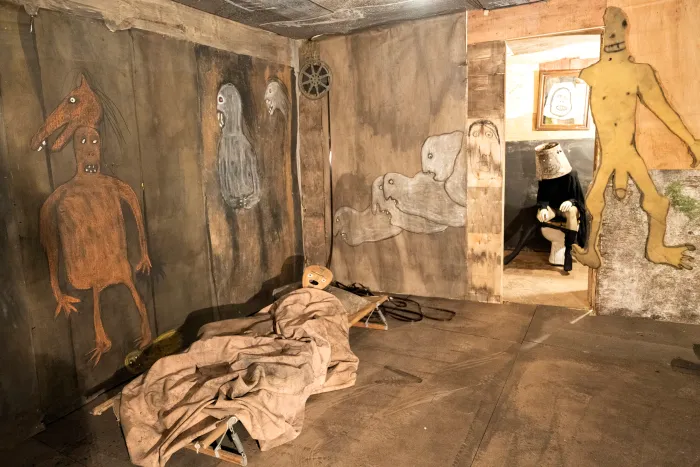
Please tell us about the shack in the exhibition. What is it like to physically enter this space?
“As I wrote in the exhibition catalog, ‘The shack in this exhibition mirrors the aesthetic quality of my photographs. It is a world with dim light and cracked windows. Marks and smudges fill the walls and ghost-like drawings evoke spirits of the afterlife. It is a world that is neither real nor unreal. Yet my goal has always been to make it feel real: too real.
‘The world I have created in the shack provides a pathway to the interior where the mind cannot discern between dream and reality, death and life, the surreal and the primal. Inside this dark wooden chamber, the viewer looks into their own void, a realm of shadows and ghosts. It is a place in which assumptions and preconceptions are put into question and all sense of coherence and meaning is challenged. Within a matter of microseconds, the scene has left its mark, like a virus that transforms the brain cells that make up the silent self.’”
Can you tell us a bit about the drawings in your photographs? Who made them, if you’re able to reveal that?
“The concept of using drawing in my photographs evolved initially as a result of photographing subjects against walls in homes saturated with their lines, marks, and drawings. As time progressed, I started using these drawings more frequently in my photographs.
“The drawings could have been there before I went into the place. They could have been my drawings. They could have been my drawings with other people’s drawings, and sometimes the drawings contain up the five or ten people’s drawings in the same photographs.
“The challenge, though, is to create photographs that integrate the drawings, the scribbles, and the scratches with other aspects of the photograph, namely animals, objects, and people. That’s the real challenge. It’s one thing to have a drawing in the background. Or to make a drawing in the background. It’s another to find a way of integrating the drawing with the rest of the photograph.
“Sometimes my pictures start with drawings, as I said, that could have been there before or made impromptu. Or sometimes the drawings come at the end. But ultimately, the drawings have to be part of the picture, create an organic whole, and increase the enigmatic qualities or aesthetics of the photograph.”
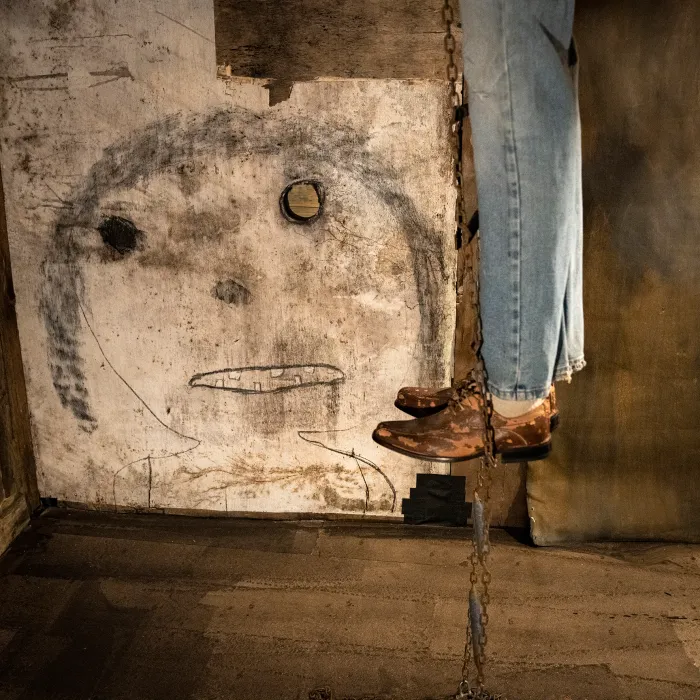
Is there a question you wish people would ask you that they never (or rarely) do? If so, what is it, and what’s its answer?
“A question people rarely ask me, which I sometimes bring up, and nobody’s ever written a proper essay or article on it—is, what is the meaning of the drawings in the work? What do they mean? Who are they? Where are they from? What do they say? Why do they have an impact on you?
“Those are all important questions, as well as why do they work in the pictures themselves? Why are they integrated with everything else? Why, if you take them out, is the picture not as strong as it would be with the drawings?
“That’s something that has challenged me in all sorts of ways. I don’t really want answers to those questions. I really don’t because I know there are no answers. And the answers might be one-dimensional, or two-dimensional, but they really won’t get to the essence of what the drawings mean.
“The drawings are purely a visual reality. The paintings, the drawings, are part of the world of the picture. And if you can’t really define the world of a picture with words, then how can you define the drawings with words?
“All I can say is that the interior mind, the back of the mind, the silent mind, in most cases, will sort of get the meaning of the picture. But because it’s a silent mind, because it’s part of the mind without words, it just stays there as an enigma.”
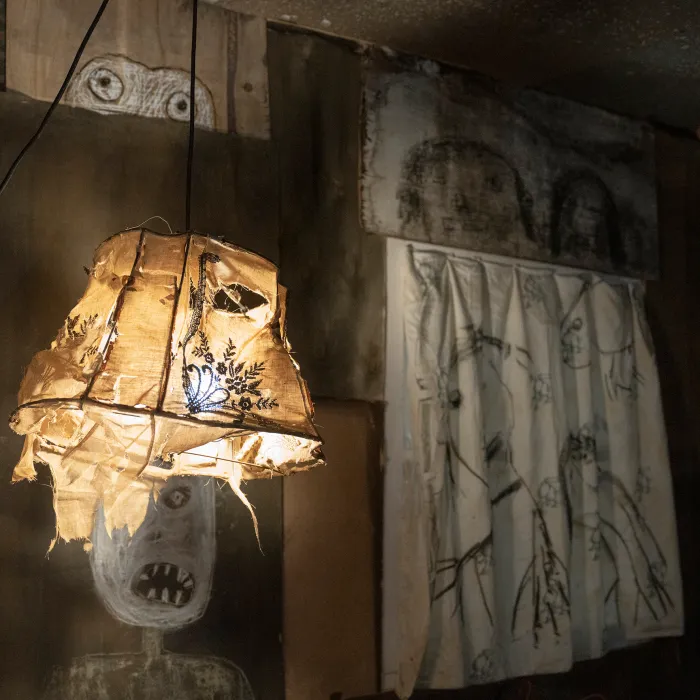

Comments are closed.